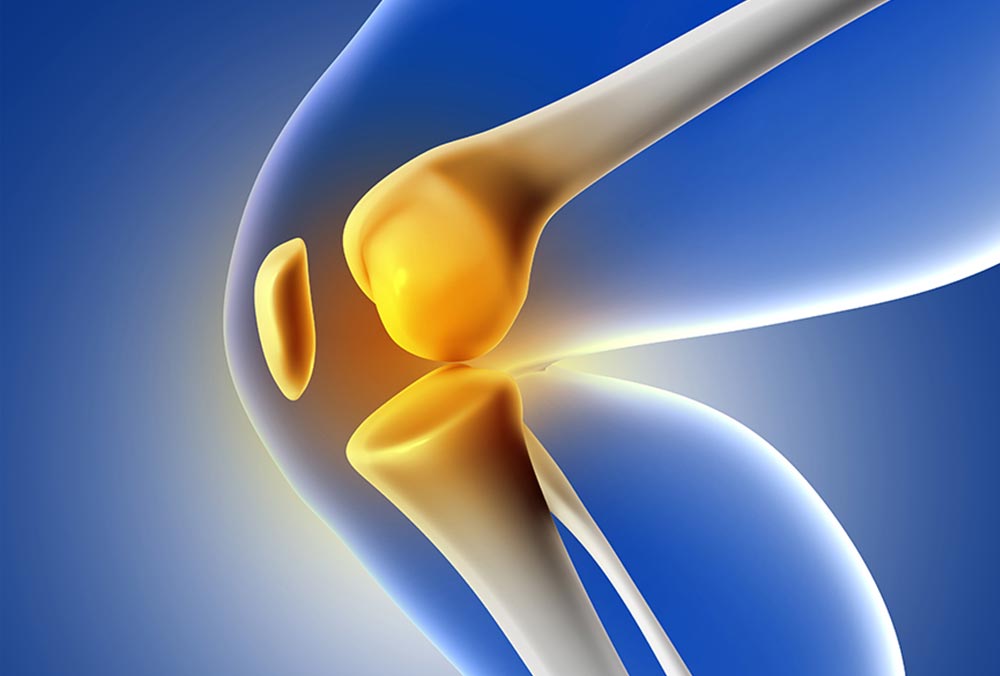

Activities
Our Blogs

Understanding Platelet-Rich Plasma (PRP) Therapy in Orthopaedics
Platelet-Rich Plasma (PRP) Therapy has garnered attention in the field of Orthopaedics for its potential in aiding the healing process. Let's delve into what PRP therapy is and how it can be a game-changer in Orthopaedic treatments. PRP therapy is a form of regenerative medicine that utilizes the body's natural healing mechanisms. The process involves drawing a small amount of the patient's blood, which is then centrifuged to concentrate the platelets. These platelets are rich in growth factors, which are critical in the healing process.
The concentrated platelet-rich plasma is then re-injected into the affected area. This is where PRP plays a vital role, especially in Orthopaedic conditions like joint pain, tendon injuries, and osteoarthritis. The growth factors in PRP help to accelerate tissue repair and regeneration. This can lead to reduced pain, improved joint function, and faster recovery times.
PRP therapy is a minimally invasive procedure and is often performed in an outpatient setting. The risks are relatively low since the treatment uses the patient's own blood, reducing the chances of an allergic reaction or infection.
Research on PRP therapy is ongoing, with many studies showing promising results in terms of pain relief and tissue healing. However, it's essential to have a comprehensive consultation with a healthcare professional to understand if PRP therapy is the right course of action, as it may not be suitable for everyone.
PRP therapy represents an exciting advancement in Orthopaedic treatment, offering a potentially effective option for patients seeking relief from various Orthopaedic conditions. As with any medical treatment, consulting with a qualified healthcare provider is crucial to determine the appropriateness and potential benefits of PRP therapy for individual cases.


 Prev
Prev



